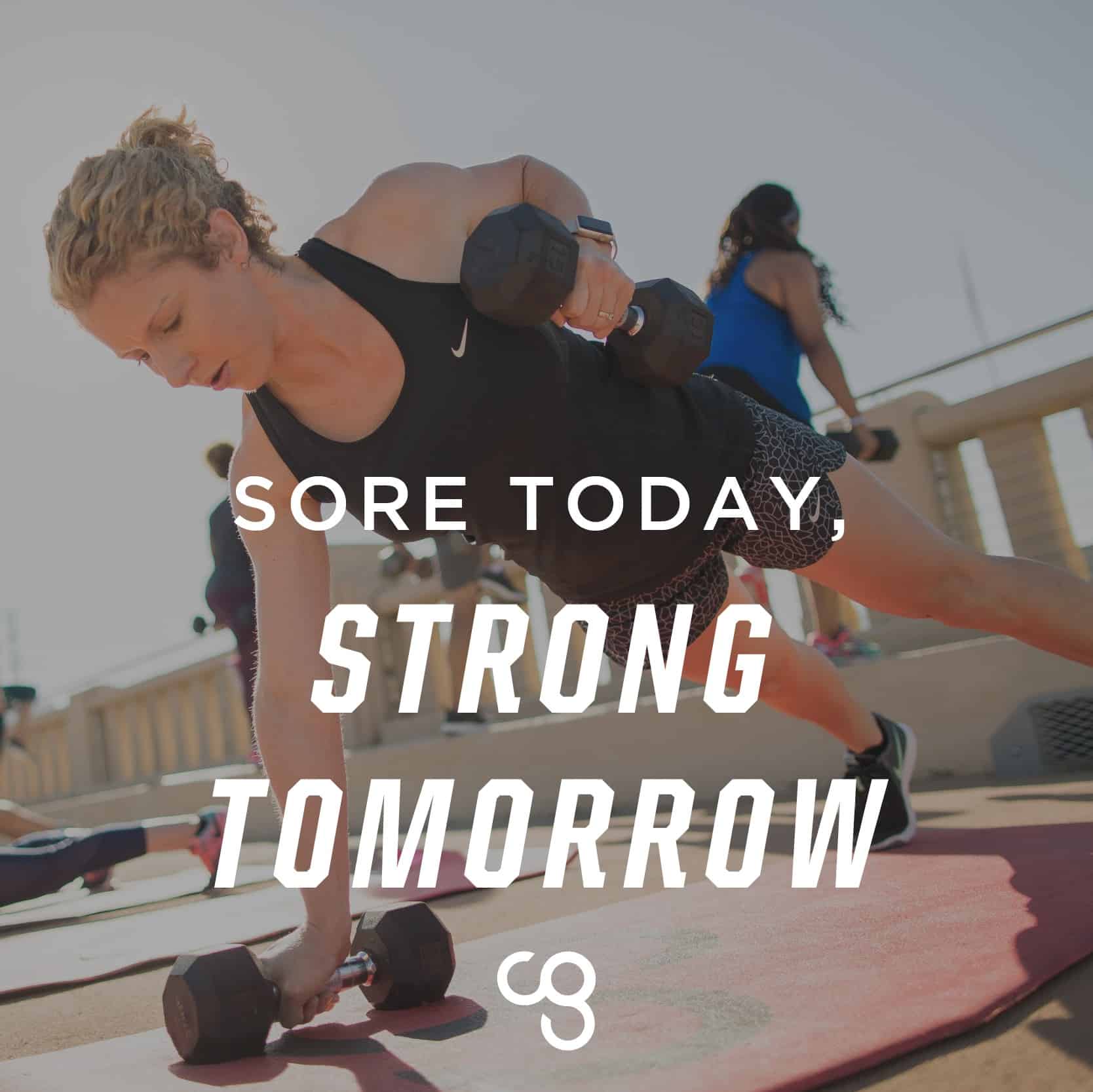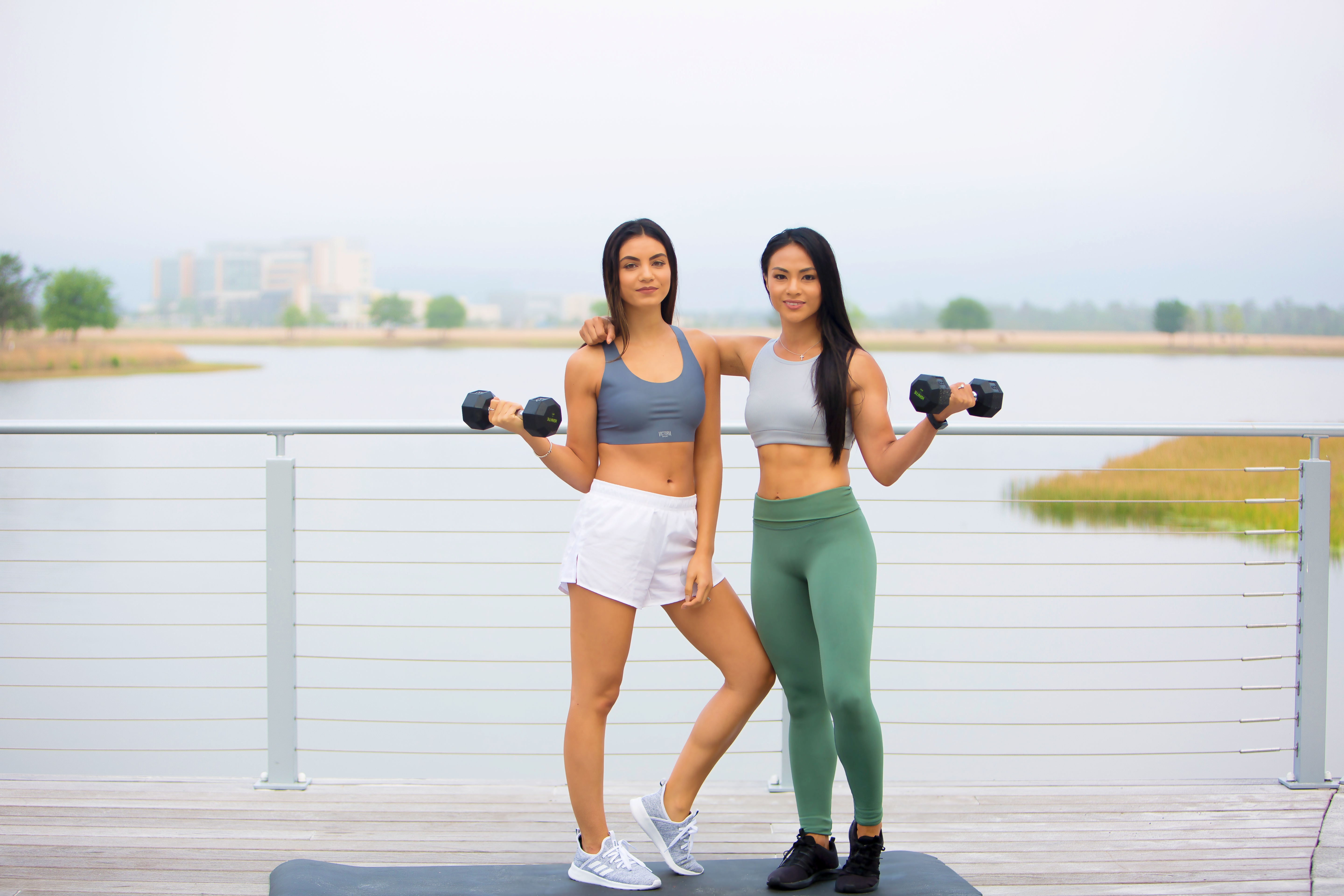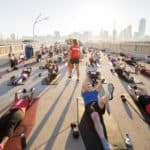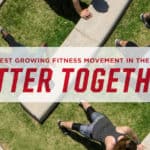Resistance training has so many benefits, including improving function, changing body composition and increasing one’s metabolism. Resistance training through all primary movement patterns should be completed regularly to reduce the effects of aging and ensure we maintain a healthy body.
 From birth until approximately the age of 30, muscles of the human body naturally grow larger and stronger, thus increasing functional performance over time. Unfortunately, after the golden ages (post-30 years of age), the body begins to naturally decline and lose muscle mass (atrophy), thus impacting our function and body composition. This has been linked to the reduction of hormones produced by the body as we age and is known as “age-related sarcopenia.”
From birth until approximately the age of 30, muscles of the human body naturally grow larger and stronger, thus increasing functional performance over time. Unfortunately, after the golden ages (post-30 years of age), the body begins to naturally decline and lose muscle mass (atrophy), thus impacting our function and body composition. This has been linked to the reduction of hormones produced by the body as we age and is known as “age-related sarcopenia.”
The impact of muscle reduction has huge implications to our health and quality of life, such as decreased strength, mobility, slower metabolism, less independence and reduced physical competence. Sadly, there is no easy way to reverse the aging process, however, one very significant way of reducing the physical symptoms of aging is…yes, you guessed it…exercise! More specifically, resistance training.
Resistance or weight training is a very important mode of exercise that should be incorporated in everybody’s daily routine. Resistance training is a process where weight is used and gradually increased during exercise to facilitate muscle development. This does not mean lifting extremely heavy weight but simply putting the muscles under some challenging yet manageable stress. This allows physiological adaptations to occur whereby muscle fibers become stronger.
At face value, cardiovascular training (running, rowing and biking) might be more appealing, as minute for minute more calories can be burned during one single exercise session. However, resistance training has proven to have many more ongoing benefits post-exercise. Evidence has shown that weight training increases your metabolism for up to two to three days post-exercise. This means that you are burning more calories at rest, and over time, with consistent resistance training, your metabolism permanently increases. Often, when individuals commence resistance training, their weight on the standard scale might increase initially. However, they will notice that their clothes begin to fit better and the body’s shape begins to positively change. This is called a shift in body composition (fat decreasing and muscle increasing) as the body starts to develop muscle tone. Hello biceps, shoulders and abs!
Having strong, lean muscle will help with strength, movement and mobility and ultimately improve the way we are able to interact with our world. For example, carrying shopping bags with ease, being able to independently reach for items on the top shelf and sit down on the floor to play with our children and/or grandchildren. In addition, research has shown that resistance training improves tendon and ligament tensile strength and increases bone mineral density. Resistance training has endless benefits, however, it should always be executed with strict form.
There are seven primary functional movements that should be incorporated in any whole-body resistance regimen. These are push, pull, squat, bend/extend, lunge, rotation and gait. Exercising through these movements will ensure that your body is functioning the way it is designed to do. Neglecting some of these movements can over time lead to movement imbalances that might give rise to chronic injuries and negative movement patterns.
The American Heart Association recommends a minimum of 150 minutes of moderate exercise per week. For those not familiar with exercising, it is recommended that a personal trainer or fitness savvy workout buddy is utilized to ensure that correct technique is being executed. Exercises continually completed the wrong way can introduce injuries. Do not be afraid or discouraged if you feel muscle soreness after your initial workouts as this is a usual occurrence referred to as DOMS (delayed onset muscle soreness). This should ease after a few days and occur less with consistent resistance-based exercises.
The following workout is designed to hit most of the major muscle groups and the seven primary movements. Please note that as you fatigue, it is common that form is compromised, and therefore it is recommended that you revert to an easier exercise or rest rather than completing an exercise with poor technique.

Example of a 30-minute home based workout.
What you will need:
Mat
Dumbbells
Water bottle
Music
WARM UP – 3 ROUNDS
5 x Superman stretches
5 x Inch worms
20 x Butt kicks
20 x High knees
WORKOUT
Round 1
As many rounds in 5 minutes
10 x Dumbbell squat press
10 x Push-ups or dumbbell chest press
10 x Bent over row
10 x Jumping Jacks
Round 2
As many rounds in 5 minutes
10 x Reverse lunge with dumbbell bicep curl
10 x Tricep dumbbell overhead extension
20 x Russian twists with dumbbell
5 minute self-directed stretch
If you are unsure of any exercise, do some research or better yet, stop by a Lake Nona Camp Gladiator workout; we would LOVE to have you!
LOCATION & TIMES
Lake Nona Family Dentistry – Monday, Tuesday, Thursday 5:15 a.m.
Spring of Life United Methodist Church – Tuesday, Thursday 5:45 p.m.
Moss Park Elementary School – Monday, Wednesday 6:30 p.m.


